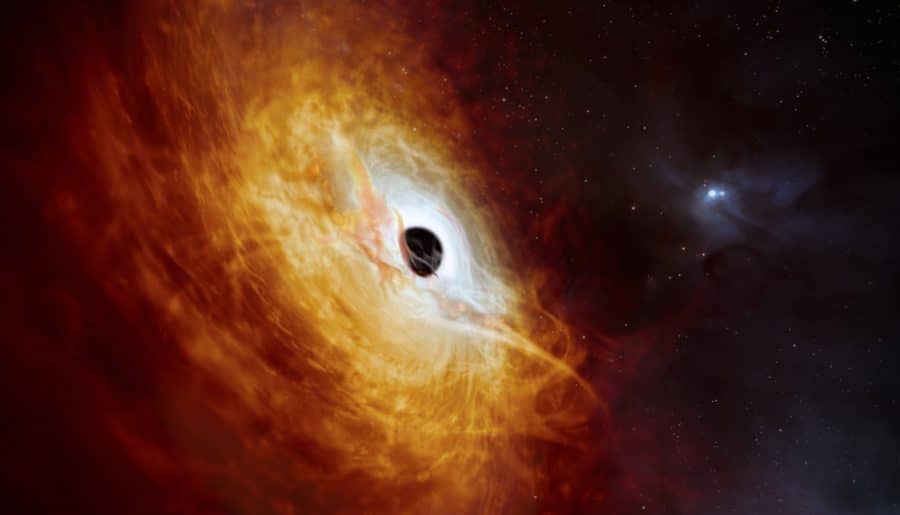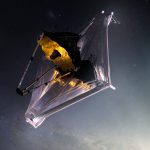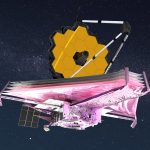Listen up, space enthusiasts! Here’s another record-breaking news I’m pretty sure you’d LOVE.
Did you know that the brightest possible object ever in the universe was discovered by astronomers?
Yes. You read that right!
Scientists at the Australian National University discovered the brightest object in the universe, called a quasar, was found to be hiding in plain sight.
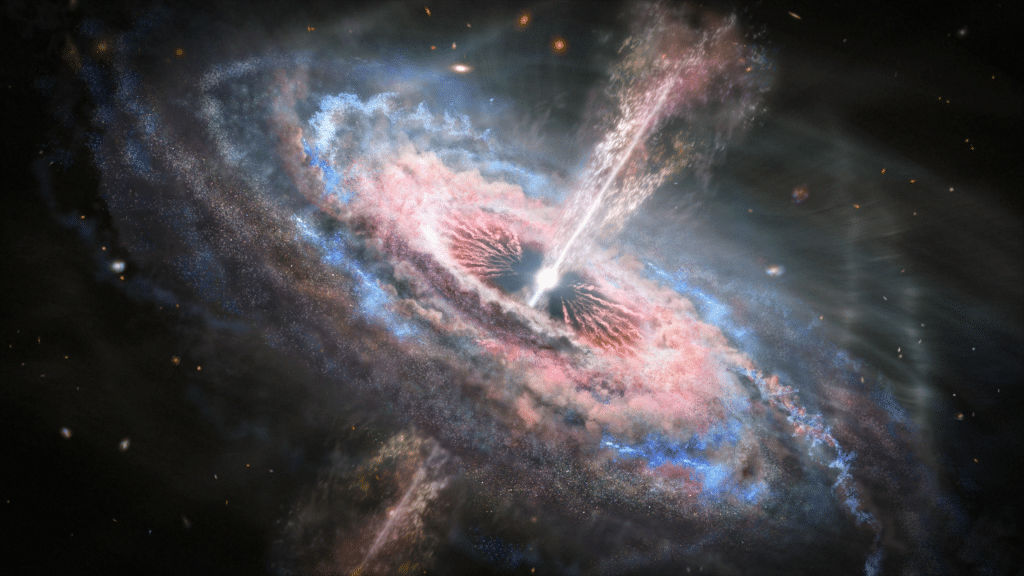
They used their 2.3-meter European Southern Observatory’s Very Large Telescope, which has a primary mirror of 8 meters, at the NSW Siding Spring Observatory.
Back in 1980, The European Southern Observatory first spotted the object and first believed it to be a star. However, in 2023, scientists discovered that it was actually a quasar.
Now you might ask, “What’s a quasar?”
Quasars are basically black holes. BUT not just any black holes. They’re supermassive black holes that come from the early days of the universe.
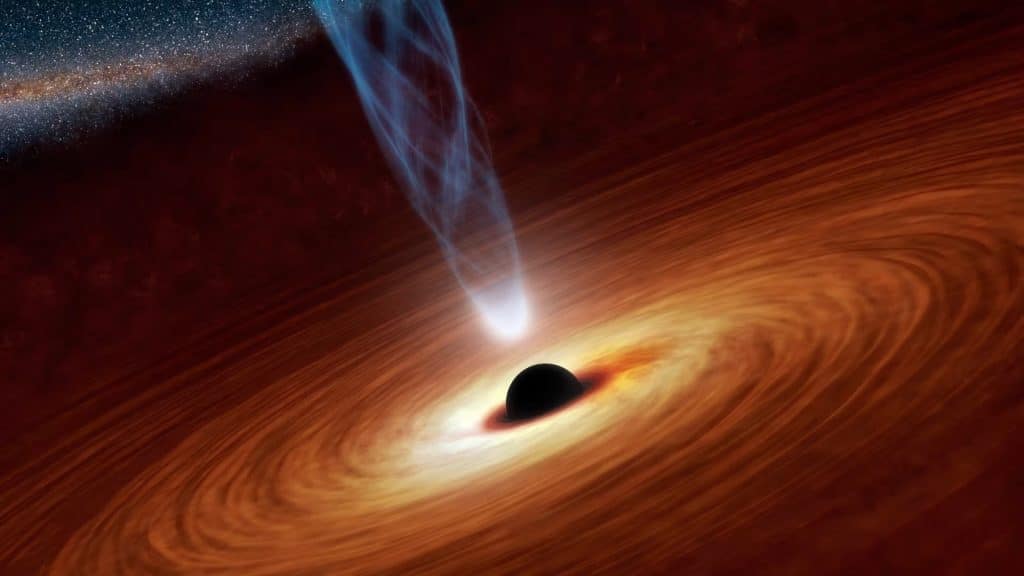
Image Credit: NASA/JPL-Caltech
They are powered by a supermassive black hole feeding on large quantities of gas at the center of a distant galaxy. These objects are very bright and are the strongest things in the universe.
The discovered quasar was named J0529-4351. It has a mass of about 17 billion times that of our sun and shines 500 trillion times brighter than our sun.
What’s even more amazing about this is that it devours the equivalent of a sun each day, making it the fastest-growing black hole that we know of in the universe!
Incredible, right?
The light from the quasar comes from its accretion disk. It’s a thin and hot disk or ring around the black hole where material gathers before being consumed.
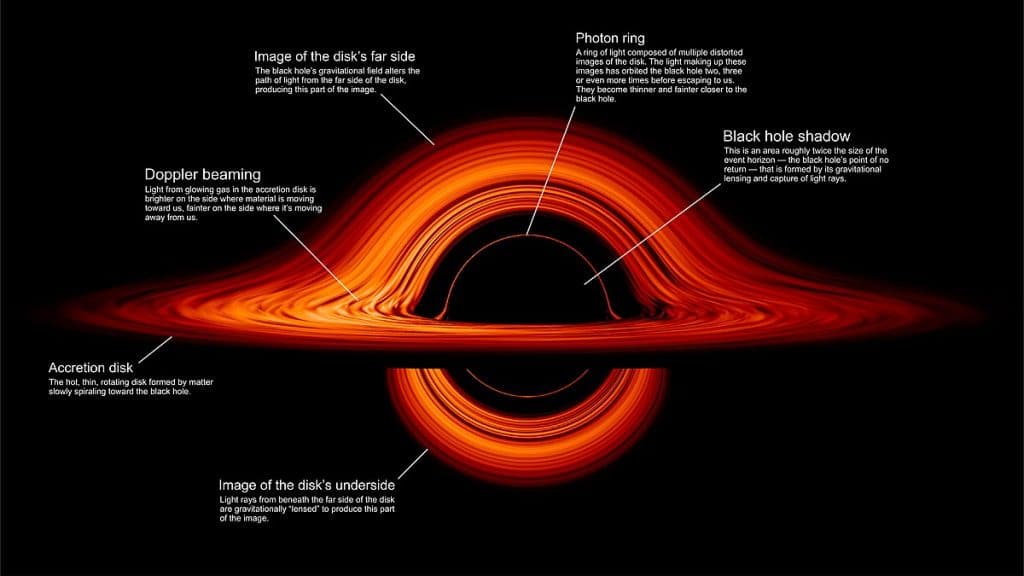
This material starts to rapidly spin around the black hole. As the material gets closer to the black hole, it heats up and begins to emit radiation, including X-rays, that telescopes can detect.
The accretion disk is an important feature of black holes, as it helps to fuel their growth and helps astronomers detect them.
According to researchers, the quasar’s light comes from a big accretion disk that’s seven light-years wide. This might be the biggest accretion disk in the universe.
The light from this celestial object took more than 12 billion years to reach Earth.
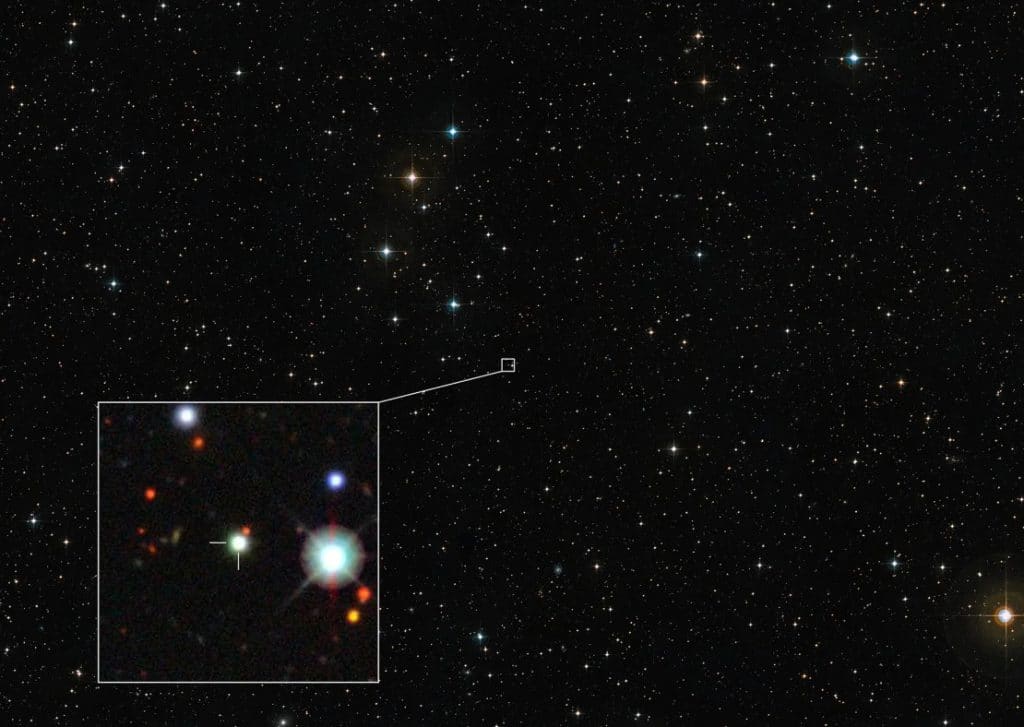
Image Credit: Digitized Sky Survey 2/Dark Energy Survey/ESO
Scientists have estimated that the quasar existed around 770 million years after the Big Bang. They did this by studying how much the light from the quasar was stretched during its journey. Because the universe appears to be always expanding, we can calculate the age of the light by looking at the stretching due to the expansion of the universe.
This quasar could help solve a mystery from the early days of the universe – a stage called reionization – while also adding to the puzzle of early massive black holes.
